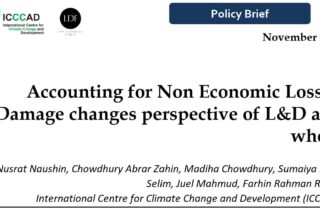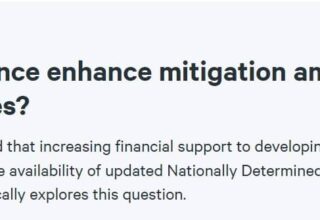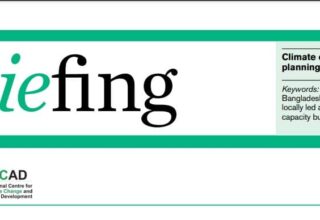For the last few years, ever increasing climate change impacts resulting from the new normal of extreme events are becoming a rude fact of life around the world. The findings of the Working Group-1 of the Intergovernmental Panel on Climate Change (IPCC) published in August 2021 again provides mortal warnings about the impending climate crisis. The impacts are particularly stark in South Asia, the most populous region on Earth. Within South Asia, Bangladesh stands as the most vulnerable: 4.1 million people were displaced due to climate disasters in 2019 (2.5% of the population), with 13.3 million people likely to face displacement by climate change by 2050, and 18% of its coastland will remain inundated by 2080 (Rigaud, et al. 2018).
The Paris Agreement goal of keeping the temperature rise at 1.5°C or well below 2°C compared to pre-industrial times cannot be achieved, given the lack of ambitious mitigation, when we already live with 1.1°C higher temperature. As a result, the number of people estimated to be displaced by slow-onset events will stand at ~22.5 million by 2030 and ~34.4 million by 2050 in South Asia including Bangladesh (Singh, et. al. 2020).
Where will all these people go? A land area of 147,570 km2 is inhabited by 165 million people. So, Bangladesh has no space to retreat. Estimates show that about half a million people displaced by river-bank erosion move to Dhaka city alone, crowding the slums and mounting pressure on limited city services. In such a situation, one option to address displacements in a world of increasing urbanization including in Bangladesh could be the transformation of smaller towns to be climate resilient and migrant-friendly (CRMFT). This option appears practicable for populous countries like Bangladesh, having little or no space for retreat from vulnerable hotspots.
In this context, several queries can be raised: What is the rationale of the model of CRMFT? What does make a town climate resilient and migrant-friendly? What are its elements and dimensions? While responding to these queries, this policy brief attempts to design a framework for CRMFT, though it may differ across physical and socio-economic boundaries.
The Full Policy Brief Available Here [PDF]







